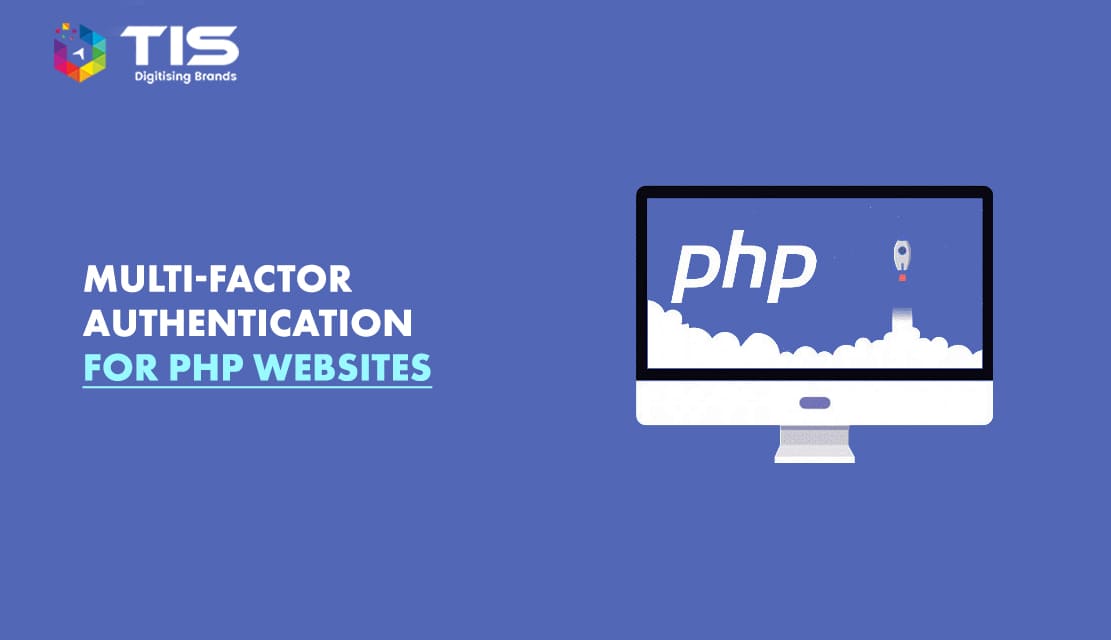
Sometimes, we want that our website visitors can access only certain information or certain authorized users can only use the listed features on our site. What we will do in that case? We have to put some authentication factors for making sure that the information that we want to share with certain sections of visitors on our site will remain inaccessible to the rest of the visitors.
Multi-Factor Authentication (MFA), as its name suggests combines two or more self-regulating credentials; one is what the users have with them (security token), the other is what the users know genuinely (password), and what the user identity is (biometric confirmation). In simple words, Multi-Factor Authentication’s aim is to make a strong and layered defense to make it complex or tedious for unauthorized users to access certain information like networks, computing devices, or physical locations.
Before learning how multi-factor authentication can be implemented in website development with PHP, let’s shed some light on the scenarios where it is needed to be executed.
You can use Biometrics for authenticating users on your website, but if you want to implement a more practical approach for executing MFA correctly on your PHP projects is to execute options from two alternatives ways: demanding a password or a confirmation token that is sent to the mobile phone of the user or you can ask for voice calls also. In PHP projects, developers have the option to implement Twilio in their PHP projects as it provides a compatible API and infrastructure that they can apply to their websites to write interactive telephony apps without any difficulty.
Twilio comes with TwilML (Also known as Twilio Markup Language) which helps you to receive and make calls and messages. Let’s understand how we can use MFA in PHP projects.
In Multi-Factor Authentication, each of the authentication factors is inclined towards boosting the guarantee that an entity can use or access the information on a website only if he or she is having permission to do so. However, there are three common categories of authentication factors that are used in Multi-factor authentication and they are:
It consists of the information that users should offer in order to log in and access the information from the website. The elements that fall under this category are usernames, PINs, passwords, and replies to secret queries.
It consists of the information that the users have in their possession for accessing the permissible data such as one–time password, security token, employee ID information, a key fob, or a phone’s SIM card.
It consists of the biological traits that the users are confirmed in order to log in to the website. In this category, the elements include biometric methods for authentication such as fingerprint, retina scans, finger veins scans, voice recognition, facial recognition, earlobe geometry, or hand geometry.
After learning about the factors that are used with Multi-factor authentication in PHP websites, it is vital to explore the technologies of MFA and they are listed as follows:
Soft tokens are used as a crucial MFA technology that is commonly used for generating single-use PINs for multi-factor mobile authentication in Smartphones. It includes software-based security applications for generating single-use login PINs.
It consists of the small hardware equipment that the users carry for authenticating themselves for accessing the protected network. The equipment could be a smart card or it can be integrated as a USB drive of a key fob. The security tokens fall under the possession factor of the multi-factor authentication method, however; in the case of websites built in the PHP framework, software tokens are given more importance than the security tokens.
In this MFA technology, several variations of multi-factor authentication are used like sending phone calls or SMS to the users, Smartphone One time password applications, smartcards, and SIM cards with hoarded information.
Again when we talk about the biometrics technology used in MFA, it includes scanning of fingerprints, finger veins, the retina of the eye, voice and face recognition, iris scans, etc.
When we talk about the proper execution of MFA in PHP, request-based authentication is the most commonly used method, which requires users to provide credentials for posting an authentication script. When it will be authenticated, the credentials can be used for storing and encrypting in a session on the server, in database-operated sessions, or in cookies on the client side.
In PHP, HTTP authentication using headers is also supported which triggers the web browser to open the user and password dialog. Basically, two types of authentication methods are available for implementing MFA in PHP:
Multi-factor authentication is not about adding a layer of security to the confidentiality of your website, but it is the act of maintaining a balance between the secrecy of the resources and information to secure along with the amount of inconvenience that might be caused to our website’s visitors while going through this process.
The most important advantage of multi-factor authentication is that it strengthens the security of your website as the users are required to input a few more things other than just the username and password to authenticate themselves. This is done in order to maintain the security of the website as the usernames and passwords are exposed to cyber-attacks.
If you understand the appropriate execution of MFA in your projects, you will definitely choose the authentication process in the best possible way for offering a more secure environment for data transmission between your site and your visitors. If you have any questions or suggestions related to the multi-factor authentication process, you can post your queries or comments below.